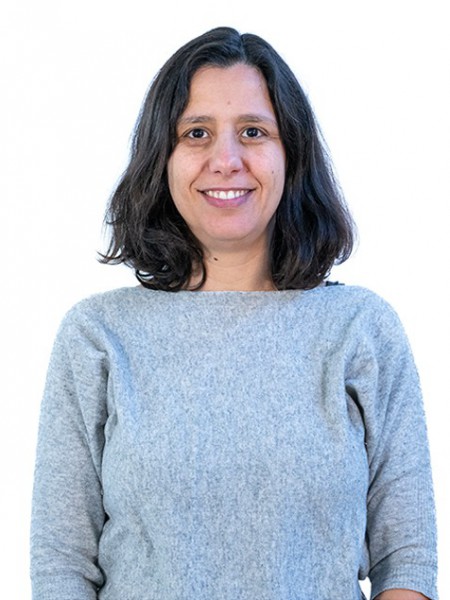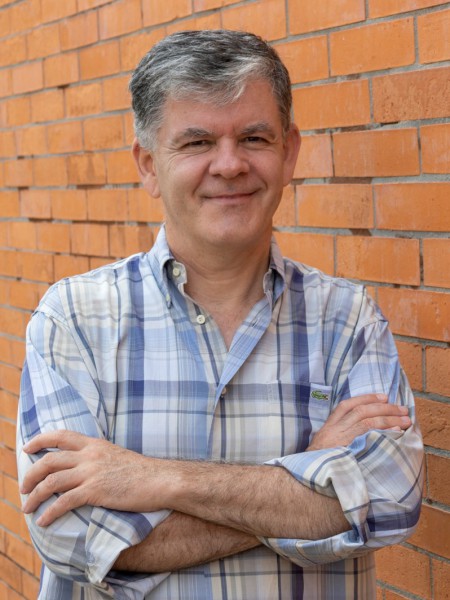abstract
BACKGROUNDThe use of antibodies, such as immunoglobulin G (IgG), has seen a significant growth in recent decades for biomedical and research purposes. However, antibodies are high cost biopharmaceuticals, for which the development of alternative and cost-effective purification strategies is still in high demand. RESULTSAqueous biphasic systems (ABS) composed of poly(propylene glycol) (PPG) and cholinium-based ionic liquids (ILs) were investigated for the separation of IgG. The ABS phase diagrams were determined whenever required. Initial studies with commercial IgG were carried out, followed by IgG separation from rabbit serum. In all ABS, IgG preferentially partitions to the IL-rich phase, unveiling preferential interactions between IgG and ILs. Extraction efficiencies ranging between 93% and 100%, and recovery yields ranging between 20% and 100%, were obtained for commercial IgG. Two of the best and two of the worst identified ABS were then evaluated for their performance to separate IgG from rabbit serum, where extraction efficiencies of 100% and recovery yields >80% were obtained. Under the best conditions studied, IgG with a purity level of 49% was obtained in a single-step. After an ultrafiltration step applied to the best ABS, allowing the IgG recovery from the IL-rich phase, the IgG purity level increased to 66%. This purity level of IgG is higher than those previously reported using other IL-polymer ABS. CONCLUSIONIgG preferentially migrates to the IL-rich phase in ABS formed by ILs and polymers, allowing the design of effective separation systems for its recovery from serum samples. (c) 2018 Society of Chemical Industry
keywords
BOVINE SERUM-ALBUMIN; 2-PHASE SYSTEMS; MONOCLONAL-ANTIBODIES; ENHANCED EXTRACTION; POLYETHYLENE-GLYCOL; BIOLOGICAL-RESEARCH; PROTEIN SEPARATION; GOODS BUFFERS; HUMAN PLASMA; HUMAN-IGG
subject category
Biotechnology & Applied Microbiology; Chemistry; Engineering
authors
Ramalho, CC; Neves, CMSS; Quental, MV; Coutinho, JAP; Freire, MG
our authors
Groups
G4 - Renewable Materials and Circular Economy
G5 - Biomimetic, Biological and Living Materials
acknowledgements
This work was developed in the scope of the project CICECO-Aveiro Institute of Materials (Ref. FCT UID/CTM/50011/2013), financed by national funds through the FCT/MEC and co-financed by FEDER under the PT2020 Partnership Agreement. Neves and Quental thank FCT for the postdoctoral (SFRH/BPD/109057/2015) and PhD (SFRH/BD/109765/2015) grants, respectively. The authors acknowledge financial support from the European Union Framework Programme for Research and Innovation HORIZON 2020, under the TEAMING Grant agreement No 739572 - The Discoveries CTR. MG Freire thanks the European Research Council (ERC) for the Starting Grant ECR-2013-StG-337753.




